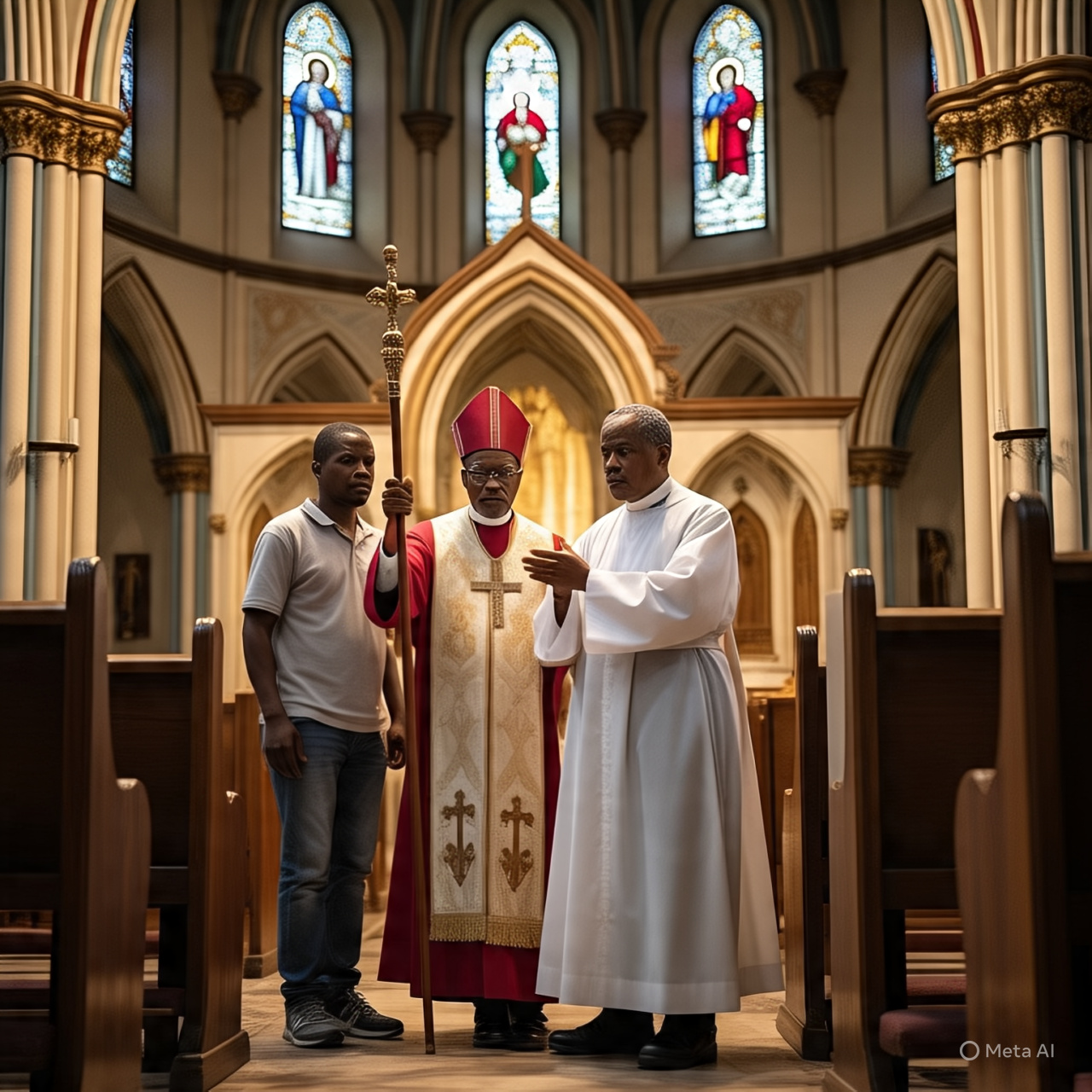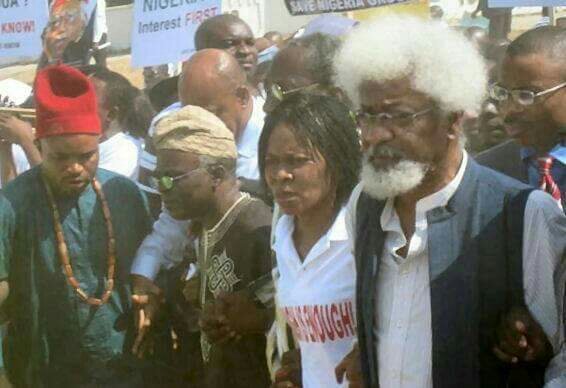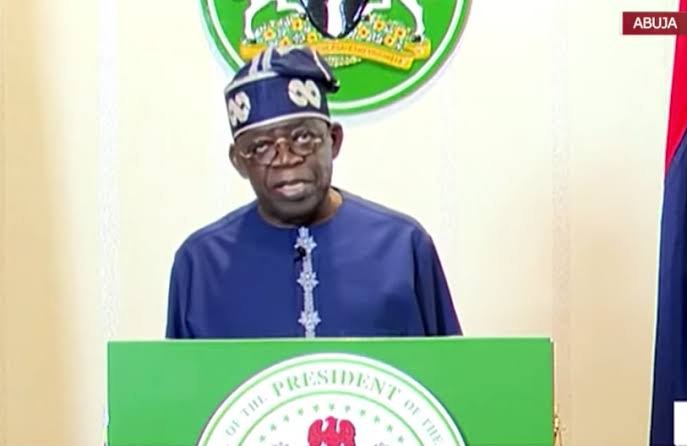By Emmanuel Gandu
QUESTIONS ARISING
Priestly transfer/removal is an exercise dreaded by both the clergy and the laity. This is due to the hue and cry that trails this necessary spiritual function of the bishop in order to place the diocese in a better position to discharge its duties for the common good.
Whatever the complaints, wishes and inquiry, one thing is certain about priestly transfers – the profound impact, sense of anxiety and anticipation marked by expectations that are filled with emotions on the part of both the affected clergy and the lay faithful.
To this effect, one is tempted to ponder on the following rhetorical questions :
1. Why have the laity made the priests to look at their transfers like government workers in the civil service ?
2. What actually lies behind the lay faithful’s interest in where a priest is transferred to ?
3. Is the parishioners concern borne out of genuine reasons for the the priest’s effectiveness in the ministry or for their selfish motives ?
4. Is their action a blind support to the priest’s desire to be posted to his choice location?
5. Is the priest guilty of covertly galvanising parishioners support in order to influence the decision of the bishop on transfers?
6. Is the open support of the priest a testament to the effectiveness of the priest to his duties?
7. When did the Catholic priests get into the process of making a choice of where to be transferred to between “a juicy” parish and “non-juicy” parish ?
8. Why, in the first place, is the reason for priestly transfers by the bishop?
9. What are the canonical basis for priestly transfers?
10. What is the best form of relationship between the bishop, his priests and the laity regarding priestly transfers?
11. How does the bishop react to the materialistic attitude of some of the contemporary crop of priests?
In view of this phenomenon, it is expected that the church should watch closely and reflect deeply on the actual nature of relationships between priests and their congregation/parishioners.
These and many more are the issues on the burner for this discourse.
INTRODUCTION
Priestly transfers are not merely administrative decisions by the bishop. They are spiritually guided decisions and actions meant to refresh, reposition, and revitalise the church’s mission on earth. By supporting these transfers, transitions and actions the faithful will participate more fully in the life of the universal church, a church rooted in a faith that transcends the wonderful, though temporary relationships formed with individual priests.
Anything in the contrary negates the vows of absolute obedience taken during their ordination.
During this discourse, I will project the role of the bishop, share the feelings and sentiments of the priests, as well as the inquiry from the parishioners while leaning on the provisions of Vatican II as well as Canons 1740 – 1752, 369, 384, 515, and 220 to enrich the analytical debate.
RELATIONSHIP BETWEEN THE BISHOP, PRIESTS AND THE LAITY
The teachings of Vatican II unequivocally states the relationship that exist between the diocesan bishop, priest and the people entrusted to their pastoral care.
Accordingly, a diocese is “a community of faithful entrusted to the pastoral care of the diocesan bishop with the help of priests.” – Canon 369.
Therefore, the relatioship between the diocesan bishop and his priest is at the service of the faithful. Bishops and priests together share in the pastoral care of the Christ’s faithful, and must collaborate for the good of souls.
Similary, the parish is described as a community of the faitful entrusted to the pastoral care of a priest under the authority of the diocesan bishop – Canon 515.
Bishops and priests are therefore cooperators, as Canon 384 speaks of the bishop’s “special concern” for his priests, and he is to listen to them as “helpers” and “counselors.”
Hence, according to Pope John Paul II, “The bishop will always strive to relate to his priests as a father and brother who loves them, listens to them, welcomes them, corrects them, supports them, seeks their cooperation and, as much as possible, is concerned for their human, spiritual, ministerial and financial well-being.”
Therefore, this tripod relationship needs to be as cordial as humanly possible.
Besides, it is a natural and necessary part of the priestly ministry to be like Christ who sacrificially offered himself for the salvation of man.
Following in this footsteps therefore, the priest is called to minister to wherever the bishop needs him to go.
TRANSFER/REMOVAL OF A PRIEST BY THE BISHOP
A priest is not appointed to a particular parish/responsibility for life. There will arise occations when the bishop, taking account of the needs of the priest, the needs of the parish, the needs of other parishes and other sectors, and the exigencies of the situations around the entire flock entrusted to him, must consider the canonical process to transfer/remove the priest.
Before the transfer/removal, the bishop must have proceeded in the spirit of the relationship of father and brother, and as already outlined above. If possible, he should assure the priest that the process will, at the long run, be in his best interest, in the interest of the parishioners, and above all in the interest of the church.
To make this practicable, the reasons for the transfer or removal may be objectively discussed and discerned by both the bishop and the priest. This action will not only go a long way in removing unnecessary obstacles, but could also be of great therapeutic value in the emotional and spiritual well-being of the priest.
Interestingly, while the reasons for the transfer/removal must be objective, Canon 220 states that the delicate balance between the need to preserve the priest’s privacy/reputation and clear communication of the reasons for the transfer/removal must be preserved.
Above all, it will help him to perceive that he is exercising his priesthood for the common good.
Most importantly, it would also help maintain his esteem within the presbyterate that he is continuing in the flock to work with them and the bishop for the good of the diocese and the wider church.
REACTION OF PARISHIONERS/LAITY TO TRANSFER OF PRIESTS
Unfortunately and fortunately, the news of the transfer of priests comes with mixed feelings. Some are at home while others are opposed, sometimes vehemently to the transfers.
These actions and reactions are likely as a result of relationships that have been built and established between the priest and the parishioners over the course of their service in the parish community.
Lamentably, these reactions most times influence the priest negatively, who, incidentally, had taken the vows of absolute obedience to the bishop and the church.
Sadly, it’s a known fact that some priests prefer to be transferred/posted to “juicy” parishes as against “non-juicy” ones. At other times, priests have been known not to wish to serve in rural parishes.
Consequently, it had since come to the knowledge of the church that the transfer of priests into or out of a parish often stirs deep emotions. At the same time getting the news of a favourite priest’s re assignment can be as disappointing as challenging, just like getting the news of an unfavourite priests removal calls for celebration in the parish.
However, administrative moves and routine transfer are an essential and important element/feature of the Catholic church’s pastoral strategy.
What seems to be lacking, which is a major missing link in the communication strategy of the church is the absence of a concerted efforts to explain to the laity the philosophy of the church regarding priestly transfer. This lack of continous education causes some level of poor understanding on the part of the laity.
Understanding how these transitions work and why they are necessary can help parishioners navigate their feelings towards supporting the transfers in order to achieve the mission of the church.
WHY TRANSFER PRIESTS ?
Administrative moves and routine transfer are an important feature of the Catholic church’s pastoral strategy.
These are some of them :
1. The reasons for the transfer/removal of priests are expressly stated but not limited to the provisions of Canons 1740 – 1752, 384, 369, and 515.
2. To enable priests garner experiences and situations from different parishes in order to make them better priests.
3. Necessity for reaching out further to the people of God domiciled in all parts of the diocese.
4. Robust pastoral expansion plans which may lead to the creation of new pastoral areas, parishes, and deaneries. This will also lead to the appointment/posting/transfer of priests in the diocese.
5. Reshufflement/putting of round pegs in round holes, in line with emerging trends, and according to individual talents/qualification.
6. Replacement of priests as a result of death, incapacitation, or old age.
7. Replacement of priests on missions, further studies or sabbatical.
8. At the ordination of new priests.
9. On the prerogative of the bishop.
ADVICE TO THE PRIESTS
Every priest knows that transfers are a standard part of priestly life, designed to meet the needs of the diocese.
While canon law admits a preference for stability, the bishop on his part considers the common good of all parishes under his care rather than focusing solely on the success of indidual priests or parishes.
Therefore, the priest must appreciate that the bishop’s wholistic approach helps distribute pastoral talents where they are most needed, as he fosters a dynamic, adaptable ministry across the diocese. Knowing fully well that parishes grow and change, priests must realise that they will be assigned to meet those evolving needs and challenges. They must not lobby the bishop for their choice places of postings.
However, for many priests, there still exists the reality that potential transfer brings a sense of uncertainty, nightmare and undue pressure. This is why priests must often be ready to adapt to new communities and different pastoral needs, which can be as difficult for them as it is for the parishioners they are leaving behind, or going to meet.
Recognizing these shared challenges can go a long way to foster the spirit of mutual support and understanding between the clergy and the laity.
ADVICE TO THE LAITY
Given the circumstances under discussion, the laity is adviesd to adhere to the following suggestions :
1. Trust in the Holy Spirit: Believe, as the catechism puts it, that the Holy Spirit builds, animates, and sanctifoes the church.” This includes even the transfer and reassignment of priests to parishes.
2. Trust, obey and encourage your bishop because his role is to discern wisely the needs of the diocese and make informed decisions that will enhance its overall spiritual growth. And once he has made his fecision, you will do well to trust his judgement as an expression of your confidence in him.
3. Resist the temptation of following your favourite priest to any new parish he is transgerred to. While strong attachment to particular priest are natural, it is important to avoid this practice of cult personality following. Do not develop the habit of transfering yourself from parish to parish according to the like or dislike of any priest.
4. Take time to express gratitude to the departing priest and warmly welcome andbsupport the incoming priest.
5. Restrain from comparing the new priest to his predecessor, as each of them is endowed with unique talents, personality type, and gifts.
6. Be open to change. Change is a constant variable in life and a necessity in faith. Embracing change with courage, hope and trust can lead to new opportunities for personal and communal spiritual growth.
CONCLUDING REMARKS
Priestly transfers are not merely administrative decisions by the bishop. They are spiritual decisions and actions meant to refresh and revitalise the church’s mission.
By supporting these transfers, transitions and actions, the faithful will participate more fully in the life of the universal Catholic church, a church rooted in a faith that transcends the wonderful, though temporary relationships formed with individual priests.
Anything in the contrary negates the vows of absolute obedience during their ordination.
Peace 🙏
Follow us on all social media platforms @dailyquery for news and analyses around the globe.



























